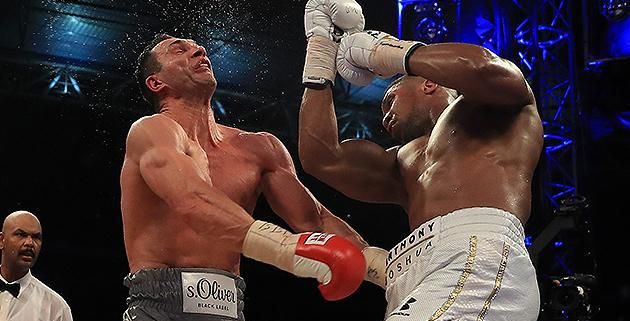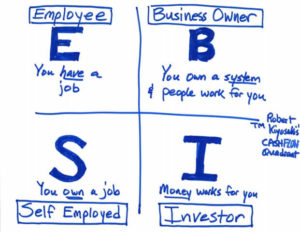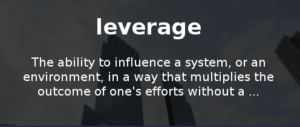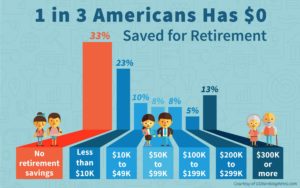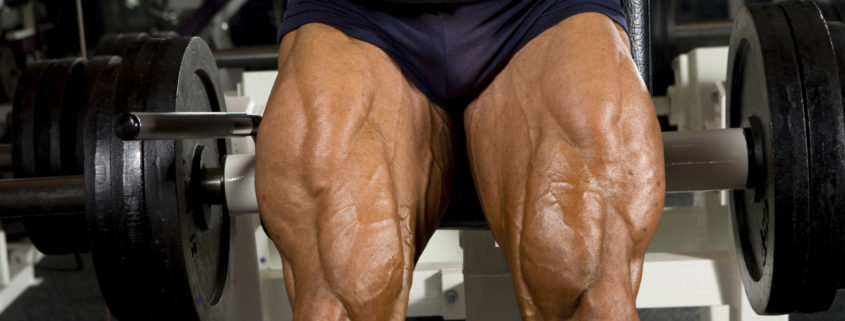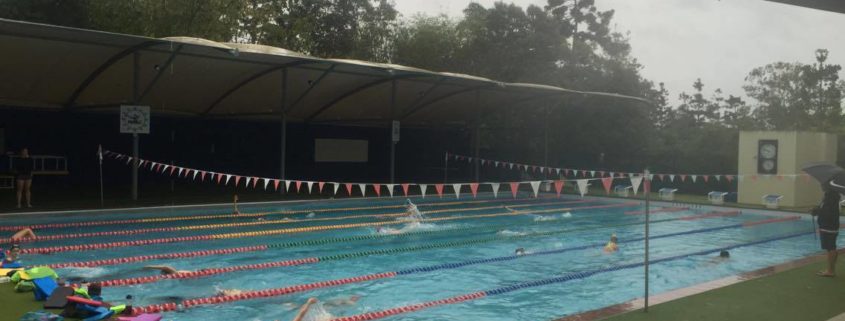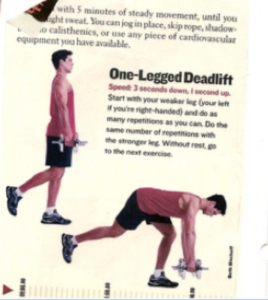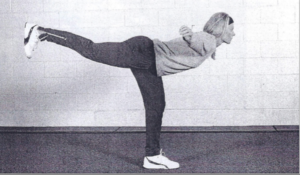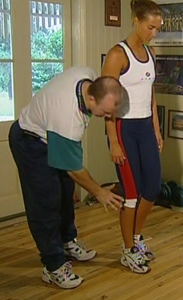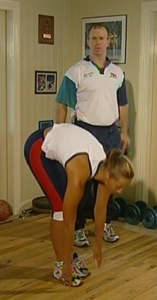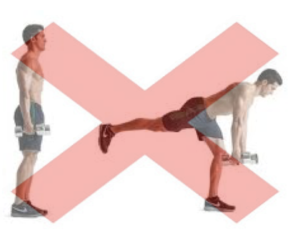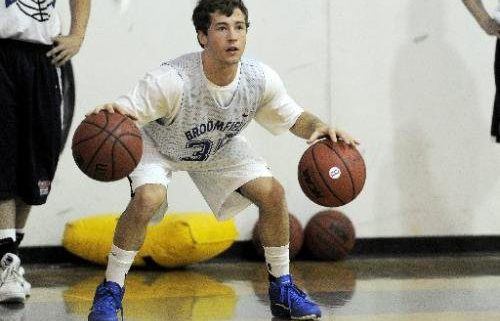Coaching in the Fakebook era
If you are a physical preparation coach (strength coach, S&C coach, Personal trainer – call it what you want) who is looking to start, build or advance your career, then you are going to have to make a decision. Do you prioritize creating a perception of your competence; or do you prioritize actual competence?
There are going to significant implications to the path you choose, that will affect you for better or worse, for life.
Some of the most common concerns and frustrations of physical preparation coaches include:
- How do I get more clients?
- How do I retain my clients?
- How do I get a better quality of clients?
- How do I get clients who respect me enough to turn up and pay me?
- Will I be able to raise my income in the years to come?
- Will I have an income in the years to come?
In the Information Age you have a choice, as evidenced by role models you have in the industry. You can create the perception of your competence (a more appropriate adjective would be your ‘greatness’) and create and raise income that way. Or you can development your competence. Which one do you do? Which one have you done? What is the difference?
These are some of the questions that will be addressed in this article.
The Information Age is described as beginning in 1989, however the social media internet age is a post-2000 phenomenon (e.g. Facebook commenced in 2004)
The ‘internet era’ has been associated with the rise of social media and opportunities to create a ‘fake’ perception of who you are. Is the creation a perception that is different than the reality deceptive? In my opinion, absolutely. However this article is not a moral debate. This is purely a discussion about the impact on your career, economically and otherwise.
Now this doesn’t mean that fake in the physical preparation industry began in 2000. My first major exposure to fake was in the late 1980s, when a North American coach regaled his Australian seminar audience with the way he strength trained Ben Johnson to becoming the fastest man in the world. Only problem was, for those who dug deep enough, according to Ben’s coach (the late Charlie Francis) the two had never met!
No, fake didn’t begin with the post-2000 Internet era. It just exploded then! Now anyone familiar with Internet dating sites and similar platforms to embellish on will tell you that faking it is common. Again, this is of no relevance to this article. What we are focused on is the impact on your career.
The fact that there is no shortage of faked ‘cyber-coaches’ is a reality today. The concern I have for you is that intentionally or otherwise, there is a risk you are going to copy or embrace these values. Is this a problem? I will give my answer to that question as the article unfolds.
The greatest example of Internet fake I witnessed was in at the start of the rise of the fakebook era. In the early 2000s a young entrant to the North American physical preparation industry was emailing me frequently with reference to themselves as an ‘up and coming strength coach’.
…I am a (hopefully) up and coming strength coach…
…It would help establish me as the hot up and coming coach that I am fast becoming…
I just didn’t understand what they meant. After all, they had very limited experience in training individual athletes, never been hired by a team, and could not attract an athlete. Put simply, he was struggling to find work, particularly in the area of athlete preparation, which was a goal of theirs.
I have read “So you want…” thoroughly. While I agree with your statements it is easier for you with an established record to attract new clients than it is for an “outsider” like me to break in. The reason I’m asking is to see where my weaknesses are – what is holding me back in other words as I’m failing to identify it somehow. I don’t think it is qualifications – I have a bundle…
…I’d like to move out of the personal training field and train athletes exclusively but bills need to be paid.
I was confused – he didn’t have many clients, none of whom to my knowledge were athletes, and by his own admission struggled to attract athlete clients. So how was he going to become a ‘hot’ strength coach? And how long would it take?
The answers appeared a few years later, with references in writing to his:
…stable of Olympic and national level athletes…
Now I was really confused, because he didn’t have the goods to attract real athletes. Then I got it. The new definition of a ‘strength coach’ was not like the old one, where you actually trained athletes. The post 2000 version of ‘strength coach’ was where you created the perception online that you trained athletes. No experience needed. At least not in training athletes. Some experience in marketing was very helpful. And a personal propensity for deceit.
Now the faking was not limited to this.[1]
Bottom line, there was not need to go through the decades of experience and thinking that created the content of these dozen or so original artifacts. The only competence required was the ability hit the Control C and Control V buttons (cut and paste). And of course possessing the personal traits to disregard professional courtesy, copyright laws, ethics, commitments etc.
So this is where the industry is. You don’t need experience if you are willing to fake it. But where does faking it take you?
There is two main types of marketing – conventional sales marketing, and referral based marketing.
Conventional marketing requires you to continuously create a new product or service, write sales copy, create databases, stay connected with your database, and blast to them frequently.
Referral based marketing involves you impacting your clients so much they are compelled to tell their family and friends, and as a result of the strength of their advocating you have more clients.
Which one is better? Let’s use the word different, rather than better. The marketing based approach require continual marketing. Lets take the typical e-book of the post 2000 era. It ran out of pulling power pretty quickly, typically because it was rubbish content slapped together and marketed beyond its value. Ever counted the number of e-commerce products some of the more prolific marketers in our industry have created? Some of them, if stacked up, would exceed the height of your ceiling.
The advantage of sales based marketing, especially of products, is the potential for leverage. The disadvantage is that even if your initial sales are great, they will decline very quickly over time, and you need to keep marketing. And you need to continually adapt to the marketing platforms, and how to compete in new marketing spaces.
Referral based marketing is driven out of high competence. You pay nothing for marketing, you do no marketing, and you attract an endless supply of clients. Now it may not be as leveraged as selling a product, but you don’t have to keep reinventing yourself in marketing, and no-one can take competence away from you. You have it for life.
Now we need to make one more distinction. We have talked about marketing and the challenge of having to always market yourself and new products, learning new platforms in new marketing environments. But we need to categorize between marketing with honesty, and deceit based marketing.
Deceit based marketing is where knowingly mislead your market. For example in the case study above, this ‘ambitious’ yet inexperienced ‘coach’ was asked in seminar (recorded and sold in DVD) where the attendee could learn more about the (very familiar!) bodyweight exercises they had just been taught in that 2003 Las Vegas seminar. To which they chose to respond:
Q. …[from the audience] Where can I find all these exercises?
A Only through personal contact [with me]. Firstly, write them all down, and then you have some. And second of all, it is in the ‘Martial Arts’ book…..
Now they could have been honest and listed any of the dozen or so resources they had learnt these unique bodyweight exercises from.[2] However perhaps the attraction of the ability to create the perception of competence won over. Perhaps the post-2000 era culture was reflected?
So what are the implications of deceit based marketing?
Firstly, internet or no-internet, a person’s reputation is still a currency of value.
It takes 20 years to build a reputation and five minutes to ruin it. If you think about that, you’ll do things differently. —Warren Buffett[3]
Not only are you going to need to reinvent new products and new marketing material and delivery methods, you are going to need to re-invent your reputation – if you can.
There have been two significant economic phenomenons in the last two decades that speak volumes to the risks of selling perception.
Firstly, the dotcom bubble bursting early 2000s. Many of these earlier technology companies had share values was in excess of their tangible values, and this discrepancy contributed to a market crash.
The second was the Sub-Prime loan crisis in the US between about 2006 and 2008. There were too many financial instruments of no value being sold as if they had value, and this crashed the housing market in the US, threatened the entire US economy, and many other economies around the world.
Did some people make money initially from selling perception in both these examples? Absolutely! Did it end well? Not at all.
Personally, I would not recommend this path. I have seen the short-term benefits for some, however the medium long-term consequences await. For those who believe in any form of universal laws, these consequences are unavoidable and inevitable.
So if you choose this path, the focus on prioritizing the perception of your competence, you have been forewarned. The risk is yours. If you are following this path without really realizing it – and this would be easy to do considering the spotlight shone on the ‘success’ of many other fakebook like ‘hero’s’ in this industry, it may be time to pause and reflect.
By now my preference for developing competence may be clear. This does not mean I discourage marketing. You just don’t need to do it to achieve the first $250,000 per year.
I provide my definition of competence.
Competence is measured by your ability to earn a six figure annual service income through attracting, retaining an endless demand from referral based business with A-class clients, paying your triple figures per hour, clients happy to work with you as you travel the globe on holiday for around three months of the year or so. And to do so in the absence of any marketing, or any symbiotic relationship or association with a magazine, commercial company, gymnasium, school, or sporting team or organisation.–Ian King
Now the only criticism of this form of income I accept is that it is not leveraged. The solution is when you are charging three figures per hour, you only need to do up to 20 hours a week of billable hours for your first $100,000. Leaving many hours in the week to more leveraged income streams. Or when you are able to charge $200/hr, do only 10-15 hours a week for the first $100,000-$150,000 per annum. Beats the hell out of waiting for you to make your fortune out of your electronic products, or wondering why you are working for nothing to pay the trainers in your personal training studio.
Is this a pipe dream or ‘deceit-based’ marketing? No, this is what graduates of our KSI Coaching Program do and receive. It’s real. It’s what we teach.
The challenge is first embracing this possibility. If you think it’s too good to be true, move on. If you don’t like the idea of having this sort of income and being relatively unknown, instead attracted to the perception of being ‘famous’ and ‘popular’ in your industry – move on.
And if the thought of starting at Level 1, akin to donning the white belt in a new martial art discipline, is beyond the scope of your ego, move on.
However, if you are attracted to developing competence to the level that results in living the life as described in my definition of competence, keep reading. If you believe you can achieve this level of competence without our help, we say good on you and can we watch and study your progress. And for those who are attracted to our guidance in achieving this definition of competence – get started here. https://kingsports.net/courses/
Life is full of choices!
——
[1] This coach took the ‘How to Write’ and ‘Get Buffed!™ books and produced a knock off claimed to be a ‘bible’. They took the contents of the ‘Foundations of Physical Preparation’ book and liberally sprinkled it through a series of e-books about martial arts, the contents of a strength training program for an Asian team sport and turned it into an e-book about macro-cycles; and liberally sprinkled them all between a series of books and e-books about after-burning, warping speed, shape-shifting, new rules and female body shaping etc etc. Then there were the articles…
[2] Some of the sources the presenter could have shared when questioned:
Twelve Weeks of Pain, King, I., 1999, T-mag.com
Strength Specialization Series (video/dvd) (1998)
How to Write Strength Training Programs (book), 1998
Get Buffed! I (book), 1999
How To Teach Strength Training Exercises (book), 2000
How to Teach Strength Training Exercises (DVD), 2000
Get Buffed! II (book), 2002
Ian King’s Guide to Control Drills, 2002
And other places….


